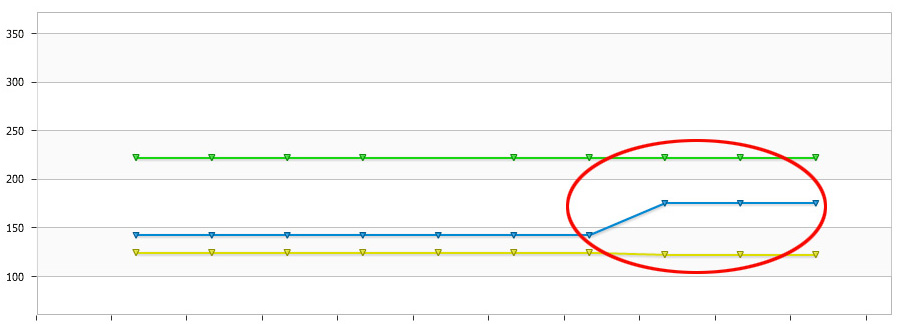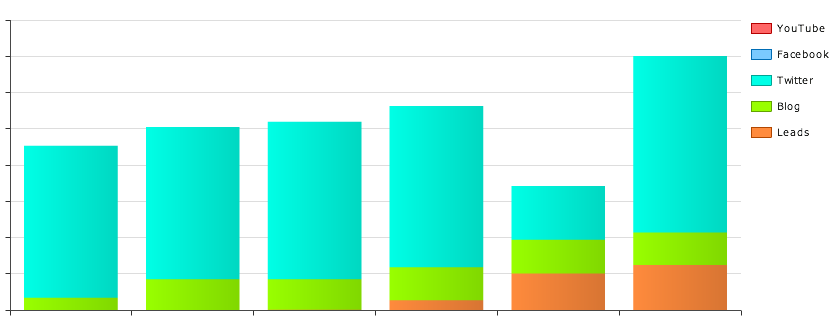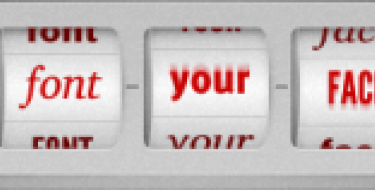Proof that Inbound Marketing Works
When you make a commitment to inbound marketing, you spend a lot of time with your head down, plowing forward through strategy and content creation. Results are not immediate, leading some to believe that results never happen. This is simply not true, as one of our customers has discovered.
Our customer—who we’ll call Client X—came to us with the same goals that most businesses have when cultivating an online presence: increase traffic, increase leads, and increase customers.
We worked with Client X to update their website, simplifying and streamlining navigation, utilizing landing pages, and integrating HubSpot conversion forms and lead nurturing mechanisms. We also showed Client X how to leverage content creation and social media to bring them inbound marketing success.
Increased traffic
Publishing
The first thing we did post-launch was develop an editorial calendar for Client X, setting an ambitious goal of blogging five times per week.
Their blogging efforts have paid off, resulting in more inbound links and steadily increasing organic traffic numbers:


Client X’s direct traffic also increased by over 61% from February to March, and crept up a bit higher throughout April.
Takeaway: Continually publishing fresh, relevant content will get you found online.
Promoting
Like many others’, Client X’s Twitter account was sadly neglected. We developed a social media promotion strategy that allowed them to leverage Twitter — not only as a way to promote their content, but also a way to join and start conversations online. Client X also shares their content on LinkedIn and Twitter, with amazing results:

Within a month, Client X was driving 792% more visitors from social media networks, and in April they received another 346% increase in visitors from social media websites.
Takeaway: If you’re not promoting your content and yourself on social media sites, you’re missing a huge opportunity.
Increased leads
Like most businesses, one of Client X’s biggest concerns is lead generation. And just like many businesses, prior to working with Digett and HubSpot, their only lead generation mechanism was their contact form.
Client X’s new website has multiple lead generation capabilities. It’s pretty simple: Client X provides free, helpful information to site visitors in exchange for their basic information and permission to continue to send them relevant content via email.
Creating that content and implementing nurture campaigns took time, but Client X’s leads have increased dramatically, which you can see in the orange portions of this graph:

Takeaway: If your offer has value, people will give you their name and email. Don’t let those people forget you.
Increased customers
Often the most difficult part of inbound marketing is deciding which leads provide the most opportunity, and converting those leads into customers.
Only three months into inbound marketing, Client X has landed two great customers, with several more opportunities coming up. This number is not as high as Client X wants, but they are willing to expend the effort it takes to consistently be creating helpful content, nurturing those individuals who take in that content, and converting those leads into customers.
Takeaway: Persistence pays.
In conclusion
Inbound marketing results are not immediate, and seeing results takes time and effort. But if you are willing to dedicate your energy to it, I believe that you will see success in the form of more visitors, more prospects, and more customers.
Not sure how to get started? Download our Marketing Plan for Growth whitepaper and learn everything you need to start down the road to inbound marketing success!
MONTHLY MARKETING INSIGHTS.
Get thought-provoking and actionable insights to improve how your firm makes a connection with your customers.





LEAVE A COMMENT